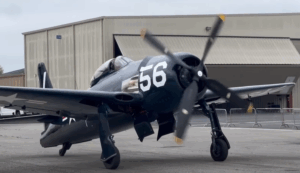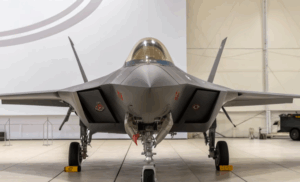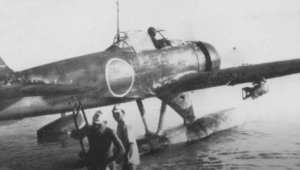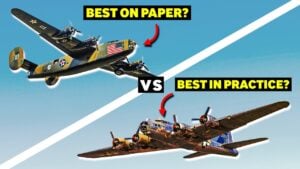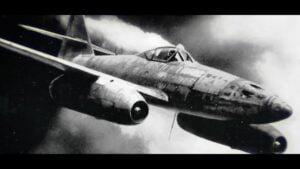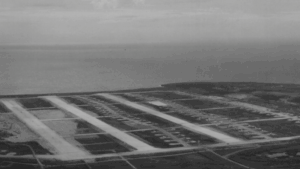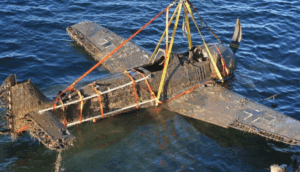Watch This WWII Newsreel of The Doolittle Raiders Strike Tokyo

Trevor McIntyre / YouTube
The Secret Launch from the Hornet
In April 1942, the United States carried out a surprise air raid on Japan’s home islands. This bold attack became known as the Doolittle Raid. The aircraft carrier USS Hornet, which had sailed deep into the western Pacific as part of a task force, served as the launch platform. Hidden on its flight deck were 16 B-25 Mitchell bombers, a type of medium-range twin-engine Army aircraft never before flown off a carrier at sea.
The raid was a joint operation between the U.S. Army Air Forces and the Navy. Leading the mission was Lieutenant Colonel James Doolittle, who had trained 80 men for this unique task. These airmen did not learn their target until just before takeoff. Their objective was Tokyo and other industrial centers of Japan. The hope was to hit back after the attack on Pearl Harbor and show Japan that its homeland was not out of reach.

Adjusting the Mission Under Pressure
Before reaching their planned launch point, the task force spotted enemy patrol boats. Though the boats were sunk, commanders feared that Japanese forces had already been warned. Doolittle quickly chose to launch the bombers early—ten hours ahead of schedule and farther from land than planned. There was no time for debate. The crews prepared quickly and warmed up their engines in rough seas.
No mission like this had ever been attempted. These bombers had trained in secret for months, but the final test would be in real combat. Doolittle’s aircraft led the way. One by one, the bombers took off from the moving carrier deck, heading toward targets in Tokyo, Yokohama, and other Japanese cities.

Striking the Heart of Japan
The raiders flew through worsening weather toward Japan. Despite the strong winds and low fuel, every plane got off the deck. At high noon, the bombers struck several targets. They hit the Yokosuka naval base, weapons factories, railroads, and fuel depots. The raid shocked the Japanese government, which had believed its cities were too far from attack.
After dropping their bombs, the crews faced new danger. With no way to return to the Hornet, the pilots continued toward China. Low on fuel, many crashed or bailed out over Chinese territory, some of it under Japanese control.

The Aftermath and Sacrifice
Of the 80 men who took off, 64 made it out alive, with help from Chinese civilians and soldiers. Eight were captured. The Japanese government later admitted that several of the captured airmen had been executed, ignoring international rules of war.
The survivors received honors for their effort. In Chongqing, Madame Chiang Kai-shek thanked Doolittle and his men for the raid, which had dealt a serious blow to Japanese morale and boosted American confidence early in the war.
Keep going for the video below:














